Kyoto is riding a tourism boom and it’s easy to see why.
If you’ve got this city on your itinerary, we’ve got the guide to the best 48 hours in Kyoto for the full experience.
Nestled in between two mountains, Kyoto is a beautiful city with a rich history and no shortage of “places to see.” Unfortunately, this is a double-edged sword as Kyoto is currently facing so many tourists that local media has covered the tourist influx as a kind of “pollution,” where the large amounts of foreign crowds disrupt some of the core pillars of Japanese culture: peacefulness, serenity and cleanliness.
So while the economic benefits of the tourism boom are lucrative to Japan, the locals feel the pressure. It’s wise for all travelling to Japan to respect their surroundings and the culture they are visiting by adopting some Japanese principles, particularly courtesy, respect, and picking up after oneself. The Japanese culture is one of the reasons it’s such a great place to visit.
Compared to Tokyo and Osaka, Kyoto is quieter, more spiritual and seems more approachable, almost suburban. The city embodies the Japanese aesthetic concept of “wabi-sabi” – the art of finding beauty in transience or imperfection.
But don’t let that underestimate the amount you can see in Kyoto because the possibilities are endless. I’d recommend staying in Kyoto for at least a week, but if you happen to find yourself in the city just for a weekend, here’s your perfect 48-hour itinerary.
Where to eat
Sobanomi Yoshimura
Two days in Kyoto wouldn’t be the same without some quirky local cuisine. Ever imagine eating buckwheat ice cream and enjoying it? I can honestly say, me neither. But really, you’ll be cursing that Ben & Jerry’s doesn’t make a Soba flavoured ice cream once you’ve finished a set course meal at this up-and-coming restaurant next to the Gojo subway station. Their set course meals include both hot and cold soba noodles so you can indulge in both, without the guilt, given the health properties in these buckwheat noodles. The homemade noodles are flattened and cut by chefs in front of your eyes in the open kitchen, ensuring you’re eating nothing but the freshest soba.
Kokoraya
This is a local favourite. Order family style and you will be amazed by the great variety and intricacy of all the dishes. Make sure you order the hamachi tuna sashimi and tempura pumpkin, eaten with a tiny dash of salt. To wash it all down, order their speciality whiskey ginger which comes in a generous serving.
Manmaru No Tsuki
The Kansai region of Japan is known for its Okonomiyaki, something between an omelette and a stuffed pancake. Pan-fried, Okonomiyaki can be stuffed with basically anything – shrimp, beef, pork – and are topped with a sweet Worcestershire sauce, mayo, seaweed and bonito flakes. It is not often you get the opportunity to watch a master chef work at the speed focus and consistency of Mr Muratami. Don’t miss the performance.
For something quick, Kyoto station and its underground shopping area, Porta, has a lot of quick, fuss-free restaurants that provide a huge range of offerings, including fried chicken, Korean BBQ, sushi and udon.
Where to drink
Saka Maruyama
An elegant and intimate authentic teahouse, you’ll enjoy artisanal Japanese tea along with beautifully presented “wagashi” sweets. Coffee, wine and beer can also be served. Situated in Maruyama-koen park, near Gion, this is a garden hideaway with paper windows, bamboo furnishings, and a lacquered bar.
Nokishita 711
A tiny cocktail laboratory is hidden away in downtown Kyoto mixing up inventive gin cocktails. The sign inside says ‘Kyoto Loves Gin’ and if you do too, this one is for you. Owner Tomo infuses gin with ingredients, such as bamboo and smoked tea, and mixes up delicious cocktails – black sesame, yuzu pepper and truffle honey.
Sake Bar Yoramu
Named for Yoramu, the Israeli sake expert who runs Sake Bar Yoramu, this bar is highly recommended for anyone after an education in sake. It’s very small and can only accommodate a handful of people. Go for a sake tasting set of three and have a good sample to decide on your personal taste. By day, it’s a soba restaurant called Toru Soba.
Hello Dolly
Step into a dimly lit, smoke-filled 1930s time capsule at Hello Dolly in Kyoto’s Pontocho neighbourhood. The background of jazz records lulls you into calm as you sit by the window overlooking the Kamo river, sipping on fine whisky or a martini. It’s what the Japanese imagine a New York bar of a bygone era to be. There’s live jazz Fridays and Saturdays featuring Japanese talent, with three sets at 8, 9:30, and 11 pm.
Where to stay
Central Kyoto is a great place to stay as its proximity to the subway is a plus. In general, with so many things to do in Kyoto, you really can’t go wrong location-wise, and there’s also a lot of different bus lines that service the city if you don’t happen to be right next to a subway station.
For a top-notch luxury experience, stay at one of Kyoto’s newest openings, the Daiwa Hotel Royal Grande Kyoto. Newly opened, this hotel aims to wow the guest with modern art decor, details and overall pampering that is hard to beat. Just a 5 minute walk away from Kyoto Station, Daiwa is the selection for the luxe tourist on the go.
What to See
Temple-Hopping
Kyoto is all about its temples – there’s 1600 of them after all. To avoid temple fatigue, choose two to four temples you really want to go to and focus on those. For the best experience, go early in the morning to avoid the crowds. Ryoan-ji temple in northern Kyoto houses arguably the most famous rock garden and a beautiful lake with koi. Outside of Ryoan-ji, some cannot miss spots are Kinkaku-ji, better known as the stunning Golden temple, and Fushimi Inari, or Shrine of a Thousand Torii gates. At Fushimi Inari, the thousands of vermilion torii gates often get all the press, but the temple’s guardians, an adorable pair of foxes, steal the show. Foxes are thought to be Inari’s messengers, resulting in many fox statues across the shrine grounds.
Nijo-Jo Castle
Take a peek into how the highest ranking families in Japan lived with a visit to Nijo-Jo Castle, a UNESCO World Heritage site. Built in 1603, this castle was occupied by the Tokugawa Shogunate of the Edo Period, and converted into the imperial palace for the Emperor in 1867. The ancient castle showcases finely painted walls in traditional Japanese style across the well-preserved abode and boasts beautiful grounds. English language tours start at 10 am or noon daily and can guide you to discover that more than just for show, this art provides context into the mind of the Shogun.
Sake Tasting
Fushimi is one of the largest sake producing regions in Japan, and it lies just to the south of Kyoto, situated here because of its proximity to the capital when the Shogun occupied Kyoto. Samurai’s required a lot of booze to drink! If you’re a fan of sake, I highly recommend enjoying the sake tours offered by Kyoto Insider. Incredibly engaging and excellently priced. In a three hour tour, the company takes you to a few different breweries, teaches you the differences in sake types, and ends with a tasting of six different sakes, accompanied by a tasting meal.
Arashiyama
In western Kyoto, you can find the Arashiyama district, a growing tourist favourite. You can find several temples, the famous bamboo grove, and even a monkey park. For some prime Japanese forest bathing (soaking up the benefits of being in nature), particularly during cherry blossom season or the autumn when the leaves start turning crimson, this is a must. End with the Sagano “romantic” train, which takes a 25-minute scenic tour up the mountain.
Gion Corner
One of the things that make Kyoto stand out culturally is the Gion district, the charming narrow-street-neighbourhood-home to Geishas and Maikos (Geisha’s apprentices). It’s almost impossible to get a booking for a show with a real Geisha without having a connection or in with her handler, but Gion Corner offers a tourist alternative with a daily show at 6 pm. with seven of Kyoto’s professional performing arts – kyogen classical comedy, kyomai dance, gagaku music of the imperial court, koto harp, bunraku puppet theatre, the tea ceremony, and flower arrangement.
Get there at 5:30 pm when they open to secure your spot as they don’t take reservations.
Modan Museum of Art
If you find yourself in the Gion district otherwise, it pays to visit the Forever Modan Museum of Art. The museum currently has an exhibition until February 2019 of Yayoi Kusama. You may know her from her famous Infinity Mirror room exhibition that has been touring many high-profile museums. At the Modan, her signature repetitive dots style comes to life in various rooms. The museum offers an authentic Japanese experience, asking guests to take off their shoes while in the museum, where one walks directly on tatami mats.
Finally, the museum’s garden might be worth it in itself to pay the museum a visit, perfectly manicured and far less crowded than many of the temple gardens across Kyoto.
Take a bath
If you can squeeze in the time, visiting an onsen is a quintessentially Japanese experience. These hot spring water baths can either be public or private (part of hotels and ryokans).
Some of Kyoto’s best include Kurama Onsen near Kurama-dera Mountain Temple, which has both indoor and outdoor baths, and the massive Tenzan-no-yu Onsen near Arashiyama.
If you’re looking to unwind at an Onsen while you’re in Japan, familiarise yourself with the etiquette here

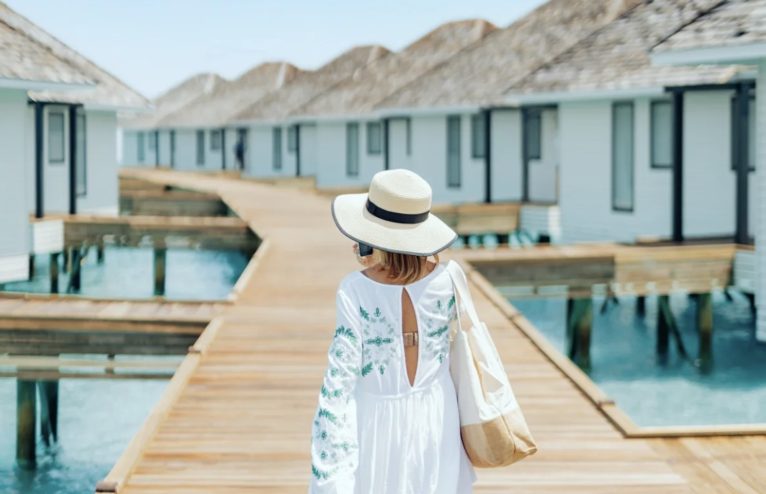
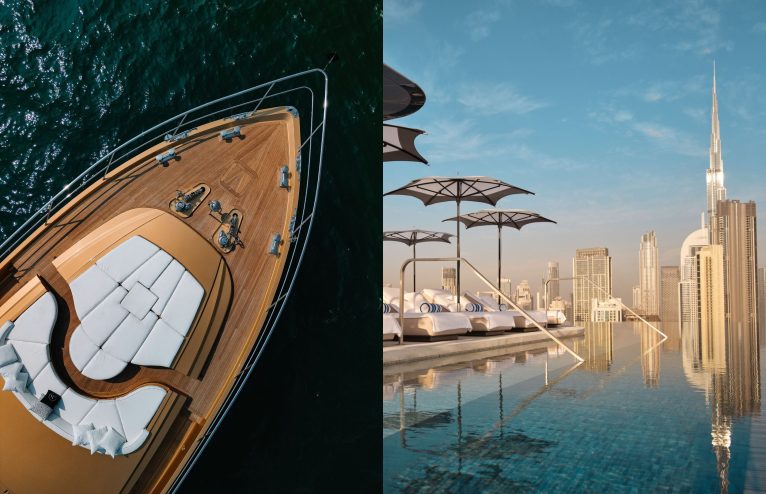

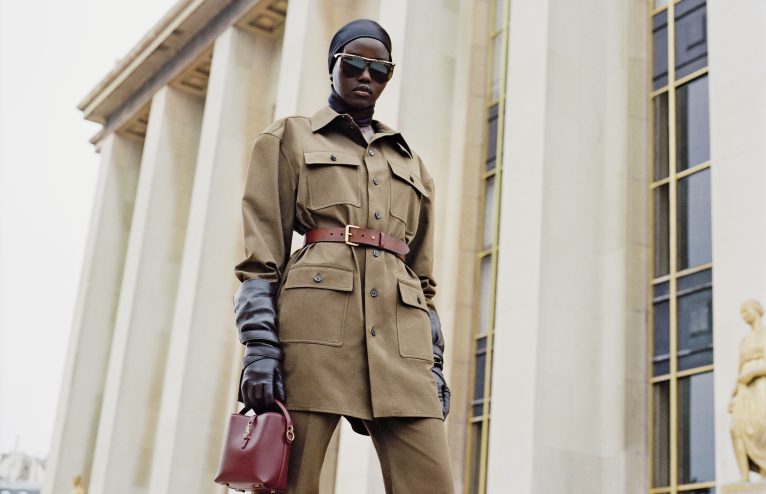


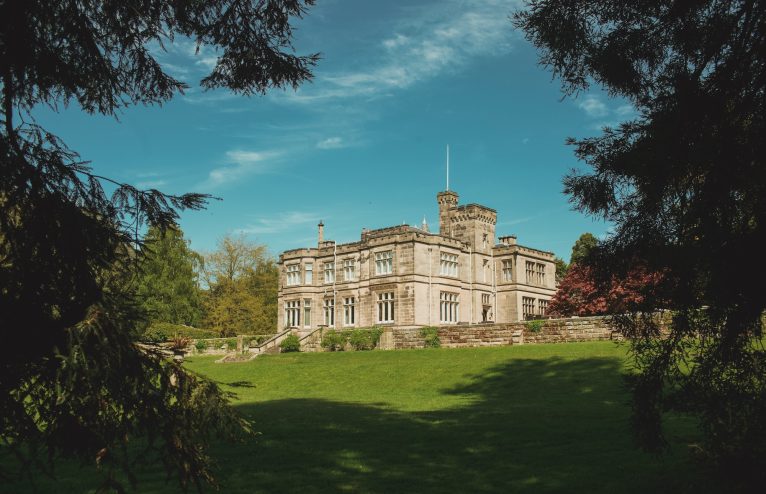
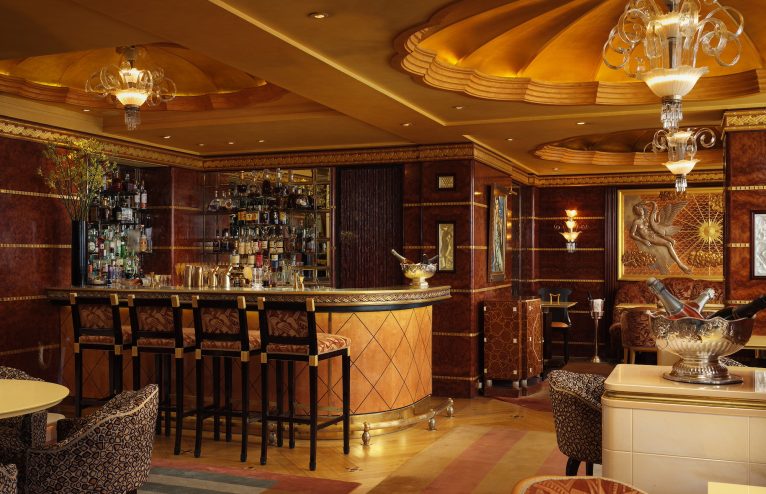

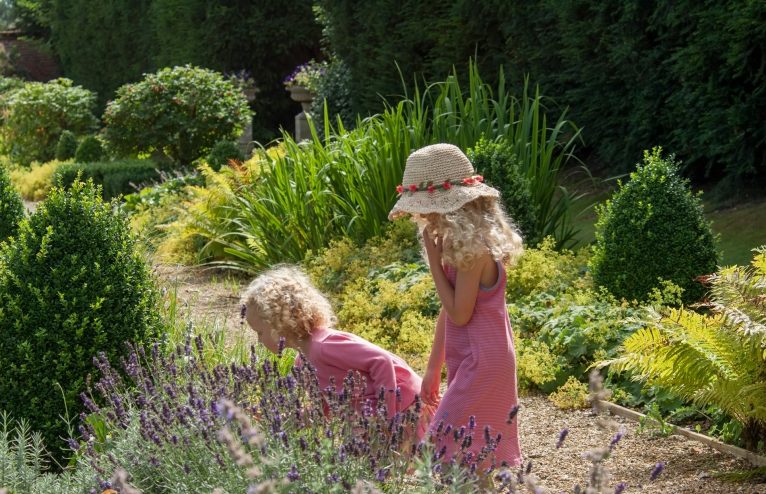






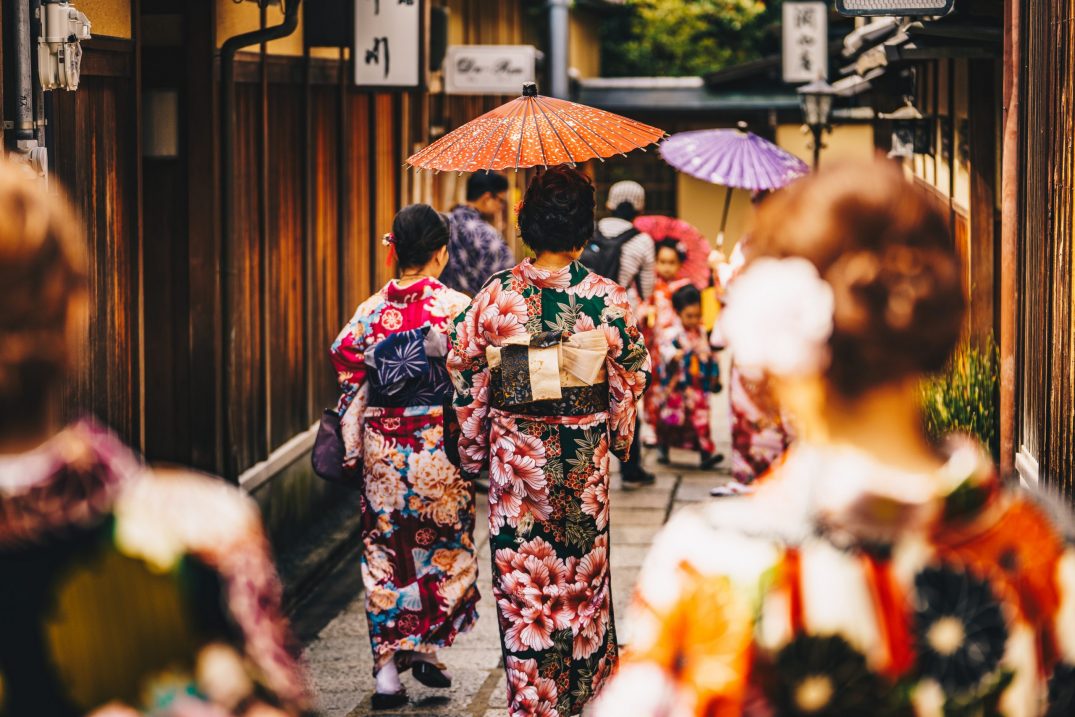
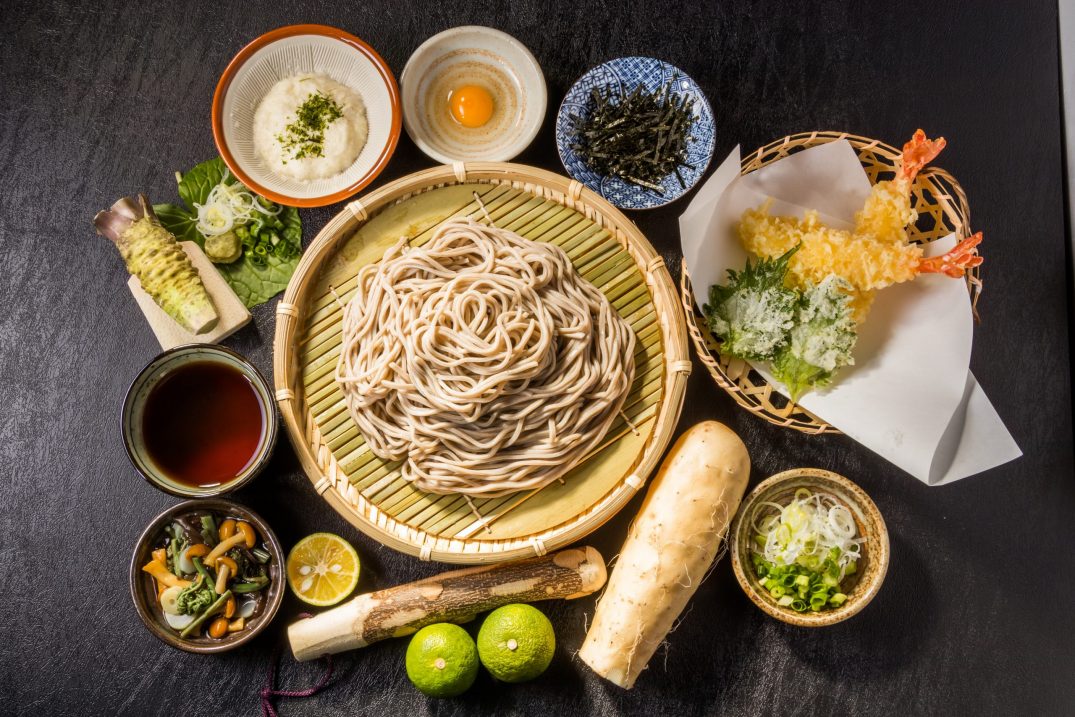
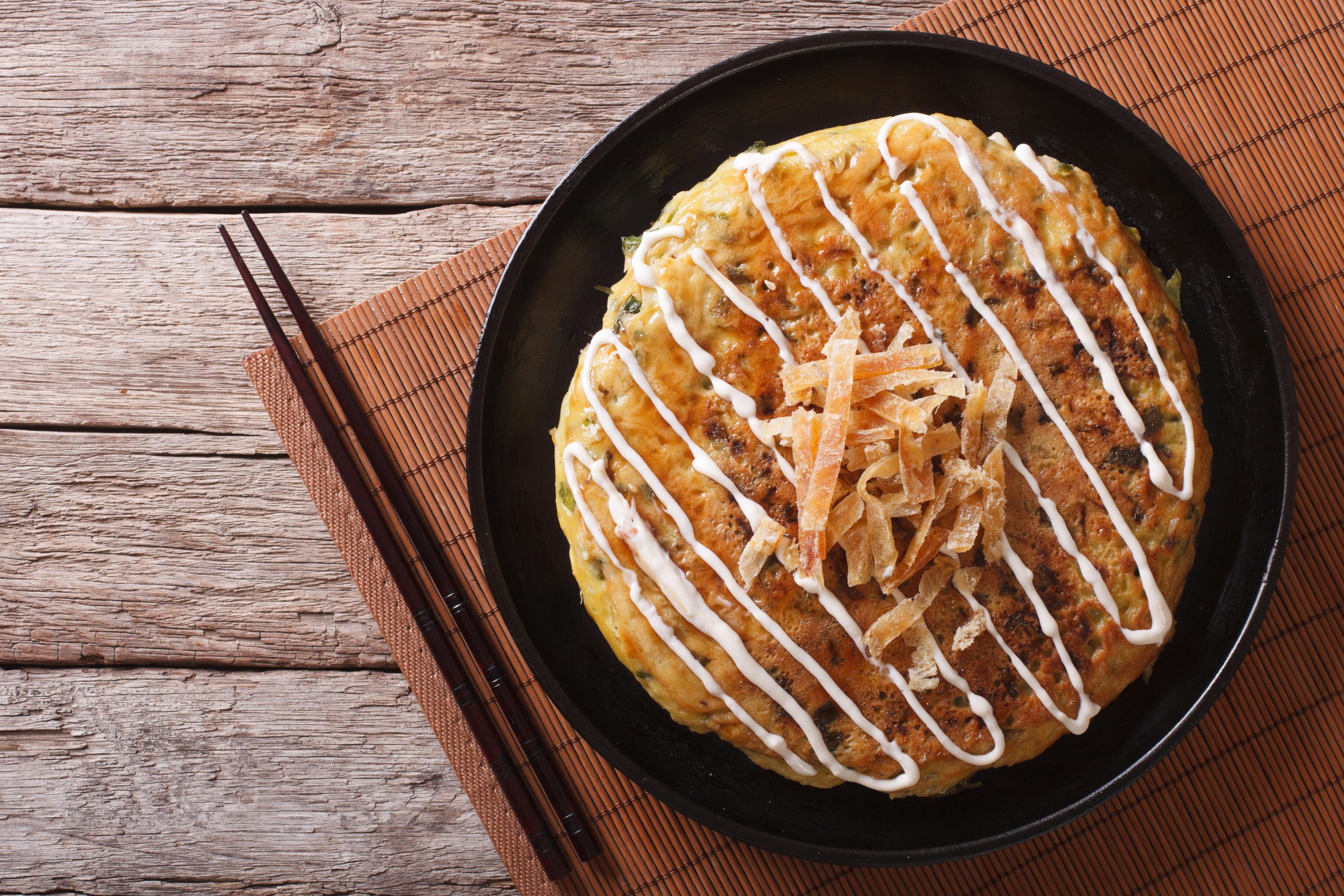
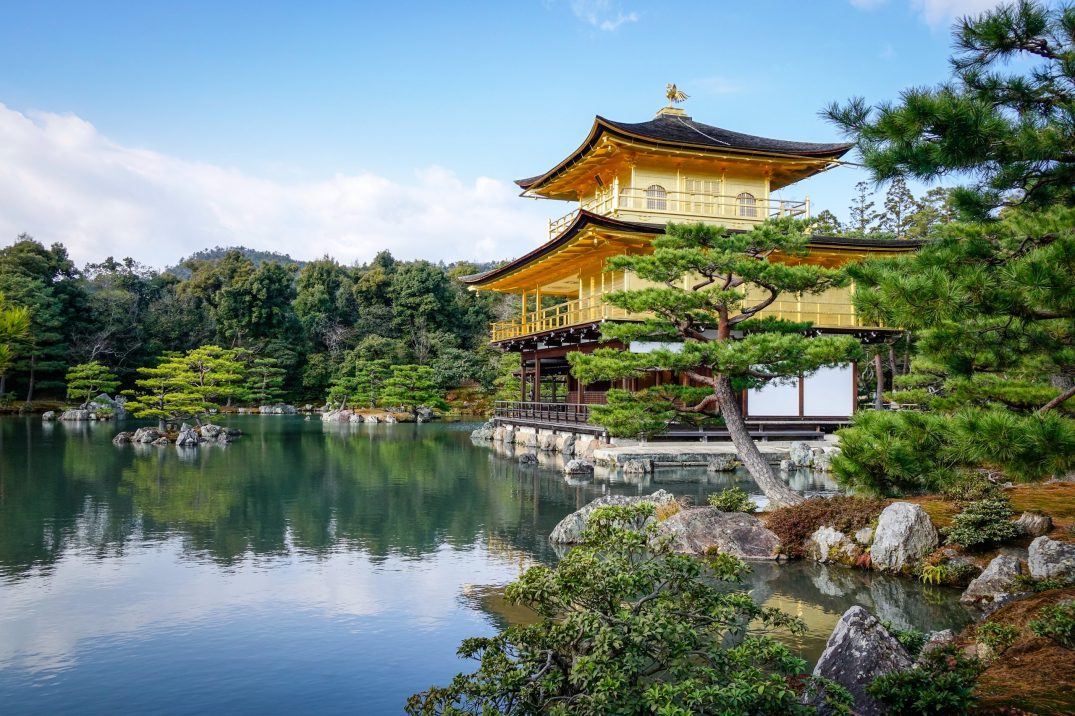

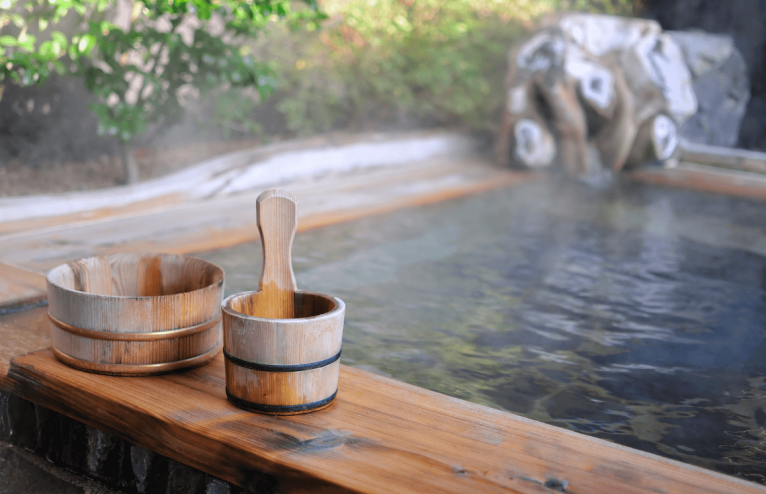

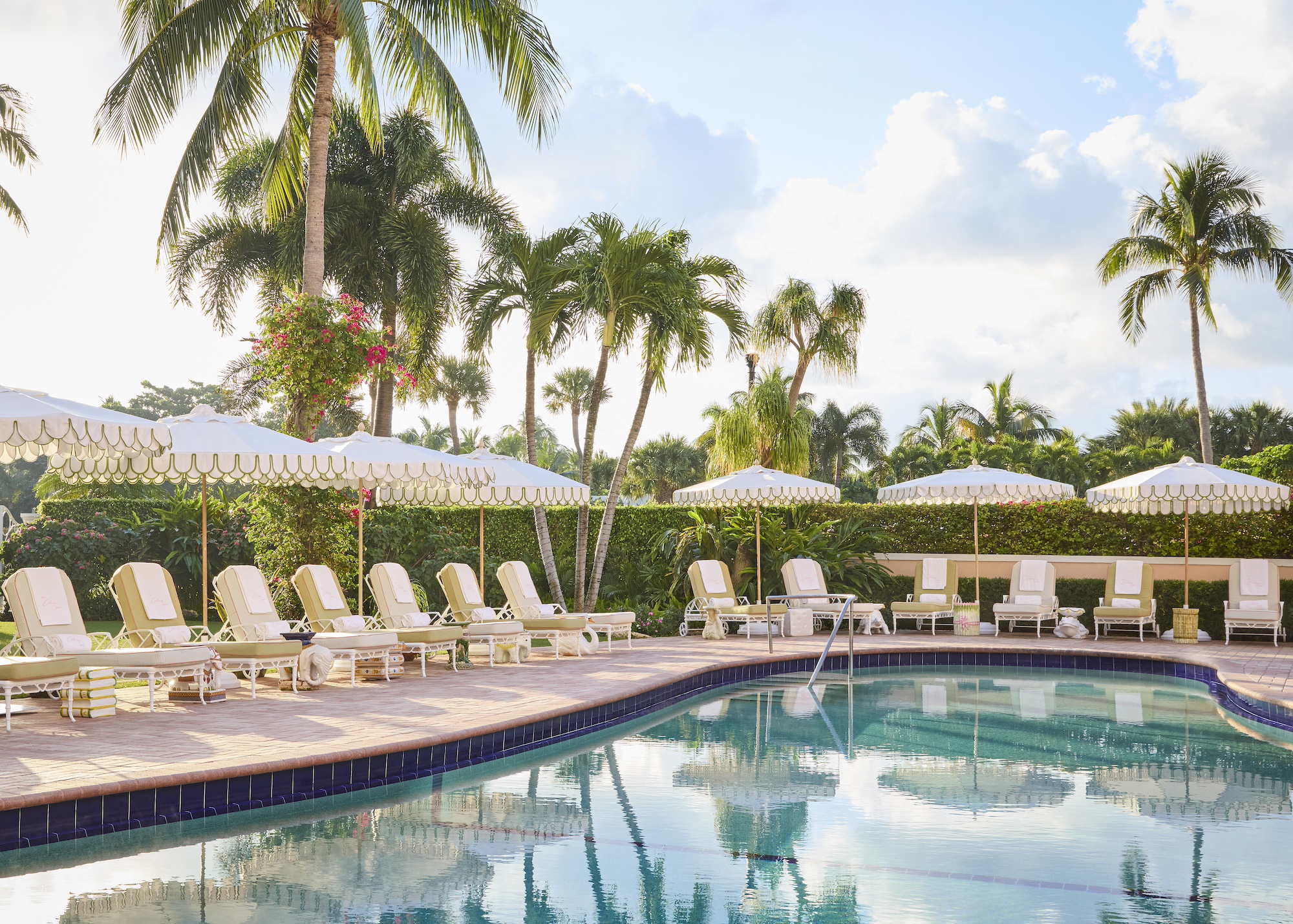



Any Questions or Tips to add?